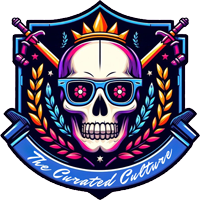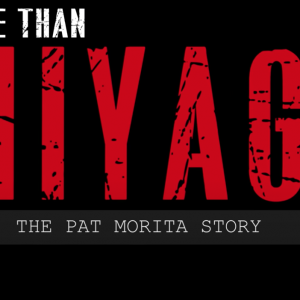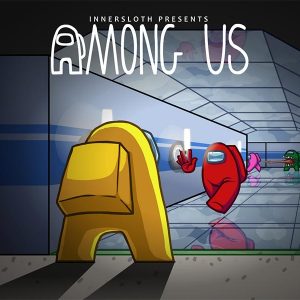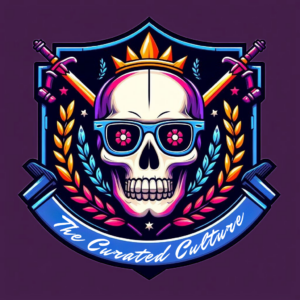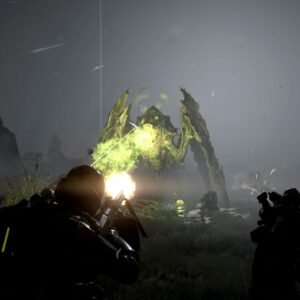Gamification Uses Minecraft And Pokemon To Teach Your Child
7 min read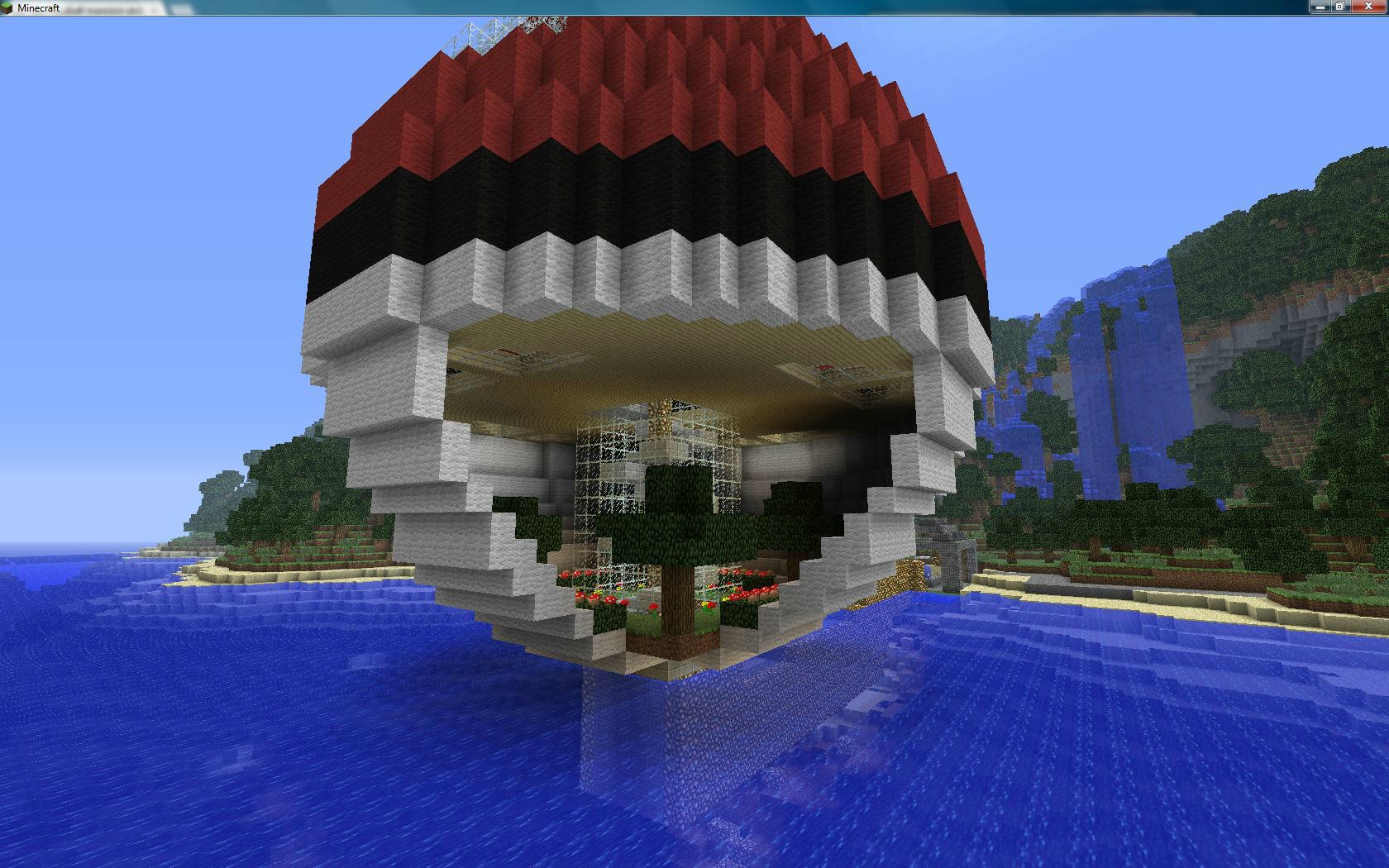
As we begin a new school year, many teachers are still scrambling to find ways to connect with their students. Being a teacher myself, I am beginning to realize that technology has become a magnificent tool to use in the classroom. More specifically, using games as a method to teach. Gamification is a new phrase in education, but will become more prevalent in time. Gamification, by definition is: “The application of typical elements of game playing (e.g., point scoring, competition with others, rules of play) to other areas of activity. These are typically online marketing techniques to encourage engagement with a product or service.” In educational settings, teachers are already doing this whether they realize it or not. Many play games to study for tests, to assess understanding of previously taught concepts, and team building to name a few. The biggest difference right now, is the technology we put behind our games in the classroom. The shift then becomes a game to motivate students to do everyday classroom tasks. For example, Classcraft is a way to run your classroom which claims to turn your class into an adventure. Classcraft is a free online, educational role-playing game that teachers and students play together in the classroom. By using many of the mechanics traditionally found in games today, students can level up, work in teams, and earn powers that have real-world consequences. Acting as a gamification layer around any existing curriculum, the game transforms the way a class is experienced throughout the school year. What is cool about classcraft is that if a student does something positive like help another student study, gets a high score on the quiz or answer a question in class, they can earn experience points (XP). The experience points are custom-made by the teacher so it could be customized for any classroom rewards/consequences.
Similar to Classcraft but geared toward younger students, is ClassDojo. ClassDojo is a free app that allows teachers to give positive or negative feedback based on customizable rewards and consequences. I personally use this app in my classroom and find it to be very helpful, but not in the way I expected it to be. At the beginning of the year, I used this app to track behavior, but as the school year progressed it became less about behavior, and more of a communication tool with parents. Parents have access to timeline type news feed where I showcase classwork, short videos, and pictures of our day. I also enjoy the two-way communication I had with them as well. They could text me questions and I could send out a reminder to all my parents in a matter of seconds. It also has a quiet time feature where teachers may set times so that parents can not send texts through all hours of the night.
Pokemon GO is something that everyone has probably heard of by now. I put Pokemon GO in this gamification in the classroom roster because it is so wildly popular. Pokemon GO has become an international sensation, with over 20 million downloads in the U.S. alone! So why fight this popularity? My son who is a second grader is learning how to convert miles to kilometers. He is also actively walking for fun! Pokestops can be mini-field trip locations, distance story problems and the list goes on. Pokemon GO is an augmented reality (AR) app, which means it utilizes a real world overlay to make objects appear within your environment. Augmented reality games and apps are gaining popularity in classrooms.
The World Peace Game is a simulated world where players must work together to avoid threats of war. The World Peace Foundation website does a much better job at describing the game on their site by saying, “The World Peace Game is a hands-on political simulation that gives players the opportunity to explore the connectedness of the global community through the lens of the economic, social, and environmental crises and the imminent threat of war. The goal of the game is to extricate each country from dangerous circumstances and achieve global prosperity with the least amount of military intervention. As “nation teams,” students will gain greater understanding of the critical impact of information and how it is used.” Now this intrigued me when I first heard of this game. When I went to the website, the game was described beautifully but the directions and rules of play were not. I then realized that the game is not a tangible thing you can purchase per se, but rather a course you must take in order to use in your classroom properly. This five-day course for a teacher costs a mere $1375.00. So…..if you have that kind of money lying around, this may be worth it.
Dragonbox- Is a series of math apps that incorporate many mathematical concepts into a series of puzzles and games. Dragonbox was created by a math teacher who realized that students just weren’t learning the same as past students. Dragonbox offers several apps, each with a different focus. The app for developing basic number sense is called Dragonbox nooms. Algebra 5+ focuses on addition multiplication, and division, and algebra 12+ tackles the more advanced topics such as positive and negative signs and factorization. Dragonbox elements guides users through geometry concepts. Each costs $7.99, but are all highly recommended and universally praised.
Duolingo- Is another free app that will help you learn a language of your choice. The site goes through interactive lessons that include multiple choice and fill in the blanks while the language is repeated to you as many times as needed. Duolingo will also set language learning goals for you, for example, it will send reminders to do 10-30mins of language learning each day.
Coursera- Is a website that offers college courses for free. My first thought was yeah right, like basket weaving?! Courses on Coursera vary greatly and many seem very useful. The way Coursera gets you is that they do offer the course material for free but if you want to get graded projects, feedback, or a certificate of completion, you must pay a fee. If you are simply looking to learn a new skill just to better yourself without putting it on a resume, this might be what you are looking for.
Goalbook- Imagine your gradebook and IEPs smashed up with a Facebook like interface. Goalbook organizes IEP goals and behavior plans so that it is always the focus of learning for that individual student. Goalbook provides strategies and interventions that could help students make significant gains toward achieving their goals. I was a part of their beta when they first came out. When it first started it was a place where parents, students, and teacher came to meet to be on the same page as far as goals. Now it seems to have shifted to provide strategies and ideas to help reach those goals, which is wonderful! This has to be implemented in school or district wide so that information is carried over throughout the years and it does come with a price. Plans for a school site start at $3000/a year…not something that you could implement in your classroom alone.
Minecraft Education Edition- Is the same game many students enjoy and play, but with some additional capabilities to enable student collaboration in the classroom, and support educators to deliver lessons and learning activities. Minecraft: Education Edition is a flexible platform for learning, educators are able to map student activities directly to specific learning outcomes and curriculum standards. Here is a quick video explaining tangible learning outcomes in Minecraft Education Edition:
http://https://youtu.be/9enOFHWzdCQ
Coding apps have exploded on the educational scene and for good reason. They provide the problem solving, logic and sequencing skill building and a platform to build and create! To review and list all the apps that are out now would be a whole other long article. Code.org for little ones is very engaging, Daisy the Dinosaur is another but there are tons to choose from. Prices vary a great deal and use caution when choosing an app that costs a considerable amount of money. You may be able to find something comparable that is cheaper. To get a good list of coding/programming apps Click here.
Gamification doesn’t stop here, our whole life could be gamified in one way or another. There are many personal organizers with a game type theme from a role-playing game, to badges of achievement. It all depends on what motivates you. As a kid (big or small) some of us find great joy in games. Remember, Farmville?! Tetris, Pac-Man, and Pong are all games that we wasted hours of our time playing so why not incorporate games like those into something more productive? I personally think it is a great way to spice up our learning and our ways of accomplishing things in life in general. I believe where the concern lies is when the student does not understand the concepts incorporated into the games. That is why educators must monitor and assess student learning and adjust accordingly. Putting students in front of a screen to play a game sounds like a lazy teacher, but an effective one is aware of what the student is doing and has a measurable goal in mind. Gamification in the classroom is just another resource in a teacher’s bag of tricks.
